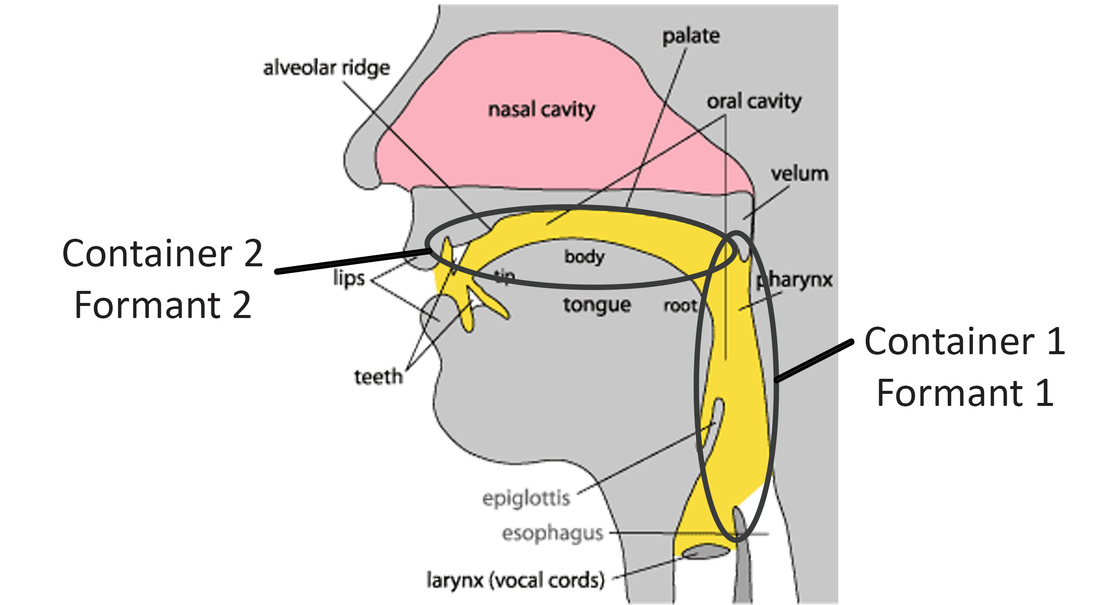
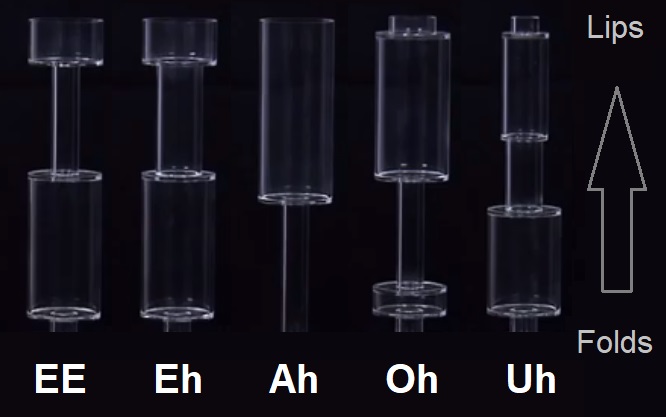
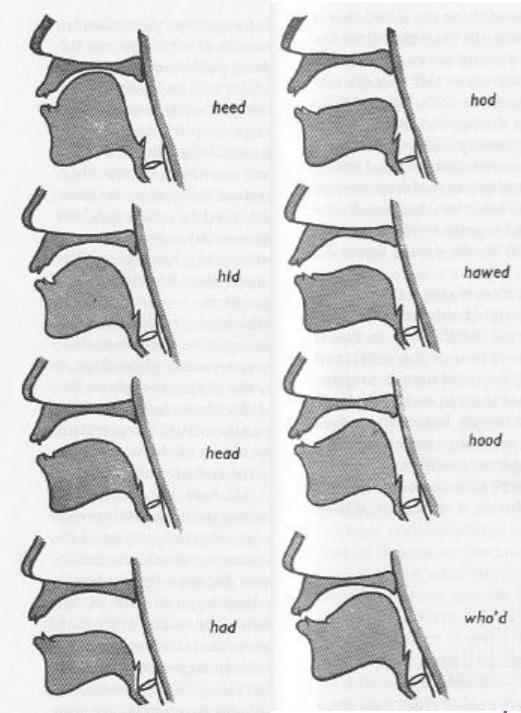
dannyboy.mp3
formants_jeremy.mp3
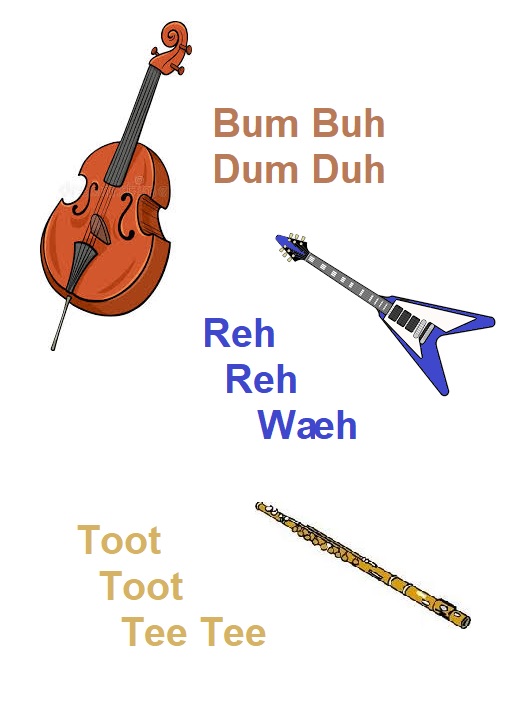
You may already know that we sing mostly on the vowel sounds. But is there more to it than that? What makes one singer have a dark round tone, and one to have a bright pure sound? The foundation of your vocal tone comes from the shape of your throat and head. Some of it is genetic, but most of it is choice.
All instruments have a shape. We tend to hear larger bodied dark deep sounds like an UH vowel, and abrasive mid range sound like an EH or an AE, and a high pitched small tube sound like an OO or EE. Their resonating chambers cannot change their shape and are stuck with that sound. But unlike other instruments, we can change the shape of our vocal tract in various ways: the aryepiglottic folds, position of the tongue, soft palate, lips, how high or low the larynx is, etc. We can change instruments and choose our tonal coloring.
Air passing through the vocal folds causes a vibration, the sound source. It is a very quiet vibratory sound. We hear it louder due to the resonators which amplify the sound, just like an acoustic guitar is louder because of the body, not because the strings are loud. The vibrating folds create a fundamental frequency (what you would call the pitch) and then a series of additional peaks of frequency that are integer multiples of the fundamental frequency, the harmonic series.

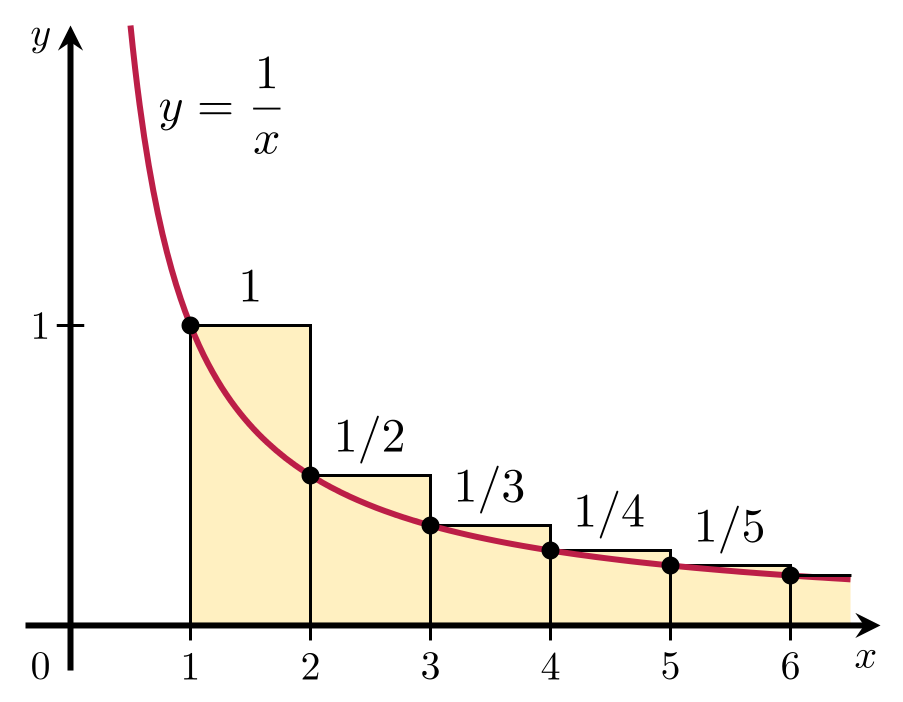

The vocal tract essentially forms a curved tube that is closed at one end (the vocal folds) and open at the other (the lips.) The vibrating air waves move through the tube from your vocal folds and out your lips.
The original harmonic series created by the vocal folds are altered by this tube. As the sound waves travel, your tube acts as a filter (or resonator) that suppresses or dampens some frequencies while intensifying others, creating complex resonant frequencies.
The filtering of the original harmonic series is what creates the formants. The levels of the first two loudest peaks, F1 and F2, our human brains distinguish as a vowel sound.

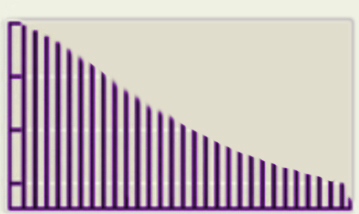
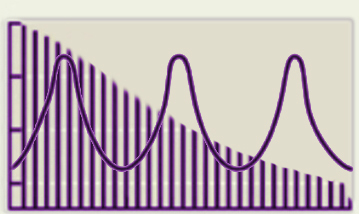
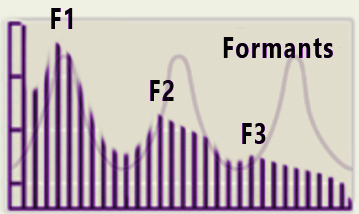
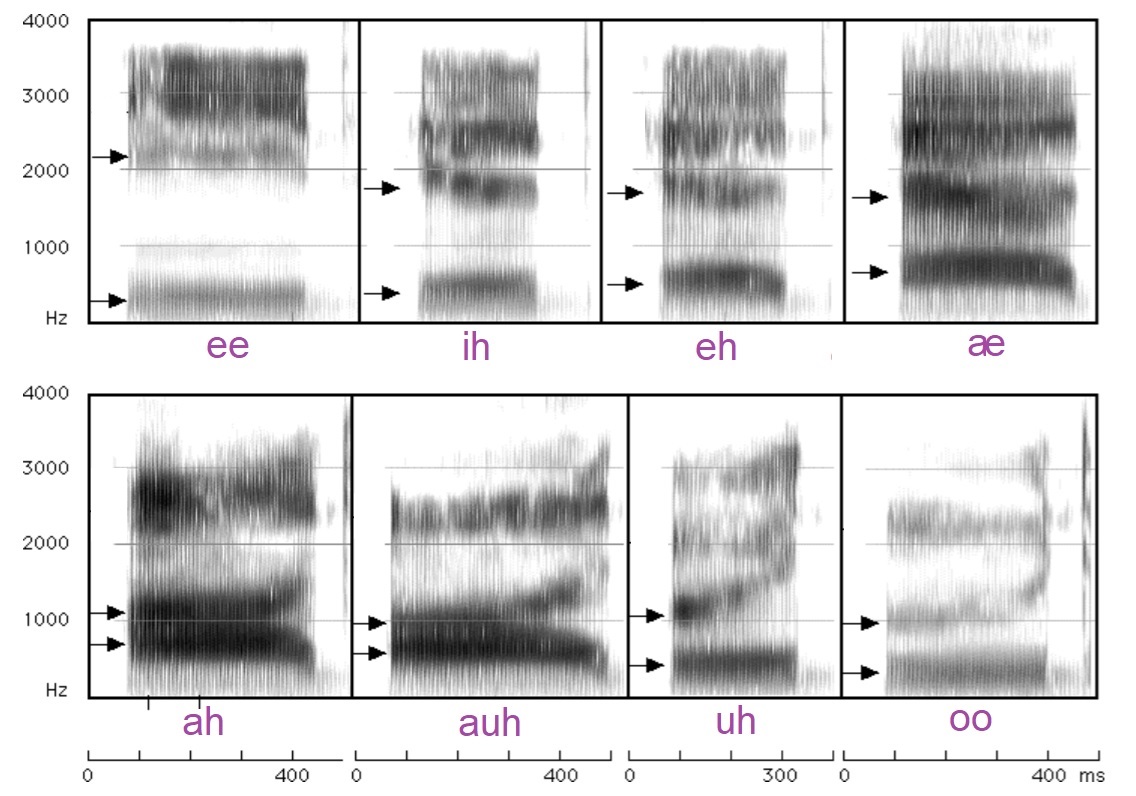
But aren't we singing all the vowels when we sing? Yes, and consonants and approximates are in there as well. Everything is influenced by resonance. We want to sing through the chosen formant setup to have a consistency of tone and not accidentally change instruments just because the word changes.
Side note: People who lose their hearing in a certain area hear the oo sound as an ee. The F2 of the oo is lost and they will hear the F3 s if it were F2 making it sound like an ee.
dannyboy.mp3
formants_jeremy.mp3

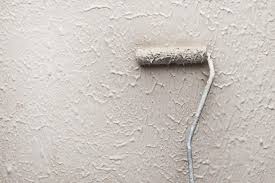 keep within the same hues
keep within the same huesYour voice can be filled with texture, color, dynamics and expression, but keep your tube resonating in the same hues. Color your vowels so that you keep the tone you want.
Different vocal styles have a basic vocal "shape" which we can think of as all the vowels leaning toward a certain formant sound. At first it might feel like you have a singing accent or speech impediment, but it will sound great to everyone else.
Remember, your singing and speaking voices may not sound anything alike, but they are still authentically YOU.
Make a free website with Yola